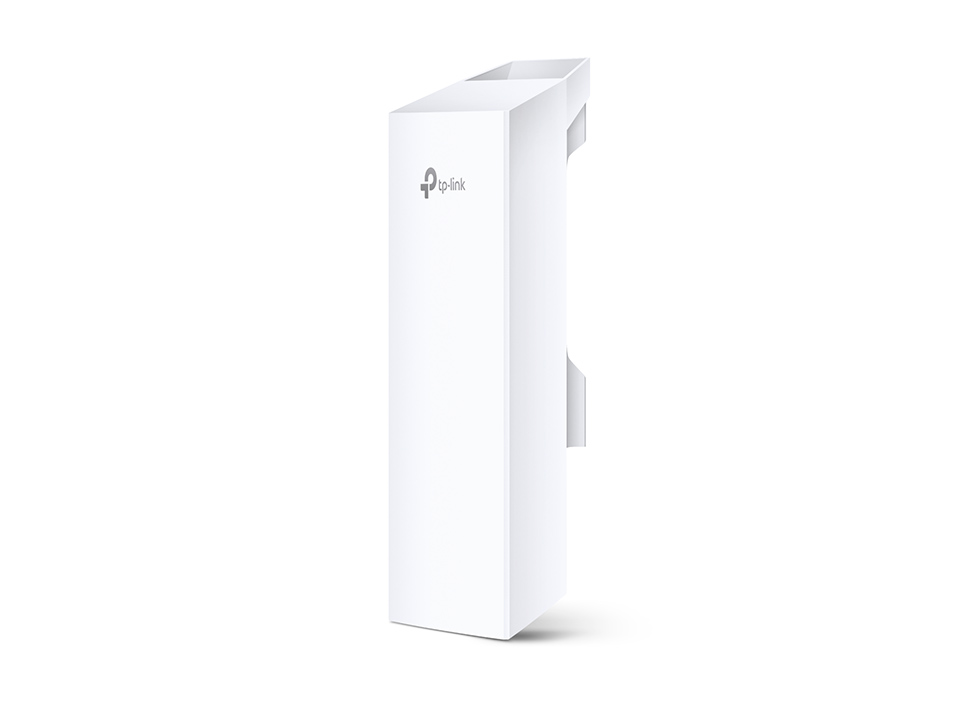Hoping someone has seen something like this and can tell me what the fix is. I'm stumped.
There are a few more devices connected than I'm mentioning, but I'm not sure they're important. Basically, I have Starlink internet (30-200 Mbps depending on time of day, weather, etc) ---> netgear router ---> switch.
On that first switch, I have a wireless TP-Link point to point bridge which links with another TP Link bridge on my boat dock. That bridge feeds another switch. I have 4 cameras on that switch and also a Linksys wifi router configured as an access point for wifi access on the dock.
Bottlenecks:
Both switches are 7 port, all of which are 10/100 Mbps. MokerLink 7 Port PoE Switch with 5 PoE+ Port
Both TP-Link bridges are advertised as 300 Mbps but only have a 100 Mbps ethernet port, effectively making them 100 Mbps units even though it does establish a 300 Mbps wireless link between the units.

The issue: with the dock cameras running, the switch is handling 45 Mbps. The bridges are handling that 45 Mbps as well with no problems. When I connect a laptop to the linksys router (or switch, doesn't matter) I can only get 3-7 Mbps on internet speed tests.
I've run iPerf with my laptop on the boat dock router (wireless or wired, makes no difference) and I get 45-50 Mbps throughput to my PC which is on the netgear router at the house. If I turn off the cameras, I get 95 Mbps through iPerf. So the switches and wireless bridges are perfectly capable of running at roughly their max speed of 100 Mbps.
So why can I only get 3-7 Mbps on internet speed tests at the dock? I think the switch is the culprit, but don't know what I'm missing. If iPerf can get 95 Mbps through it, shouldn't I be able to get internet at that speed? Yes, I've tested during off hours when I'm certain starlink is fast, at least 100+ Mbps...
There are a few more devices connected than I'm mentioning, but I'm not sure they're important. Basically, I have Starlink internet (30-200 Mbps depending on time of day, weather, etc) ---> netgear router ---> switch.
On that first switch, I have a wireless TP-Link point to point bridge which links with another TP Link bridge on my boat dock. That bridge feeds another switch. I have 4 cameras on that switch and also a Linksys wifi router configured as an access point for wifi access on the dock.
Bottlenecks:
Both switches are 7 port, all of which are 10/100 Mbps. MokerLink 7 Port PoE Switch with 5 PoE+ Port
Both TP-Link bridges are advertised as 300 Mbps but only have a 100 Mbps ethernet port, effectively making them 100 Mbps units even though it does establish a 300 Mbps wireless link between the units.

The issue: with the dock cameras running, the switch is handling 45 Mbps. The bridges are handling that 45 Mbps as well with no problems. When I connect a laptop to the linksys router (or switch, doesn't matter) I can only get 3-7 Mbps on internet speed tests.
I've run iPerf with my laptop on the boat dock router (wireless or wired, makes no difference) and I get 45-50 Mbps throughput to my PC which is on the netgear router at the house. If I turn off the cameras, I get 95 Mbps through iPerf. So the switches and wireless bridges are perfectly capable of running at roughly their max speed of 100 Mbps.
So why can I only get 3-7 Mbps on internet speed tests at the dock? I think the switch is the culprit, but don't know what I'm missing. If iPerf can get 95 Mbps through it, shouldn't I be able to get internet at that speed? Yes, I've tested during off hours when I'm certain starlink is fast, at least 100+ Mbps...
